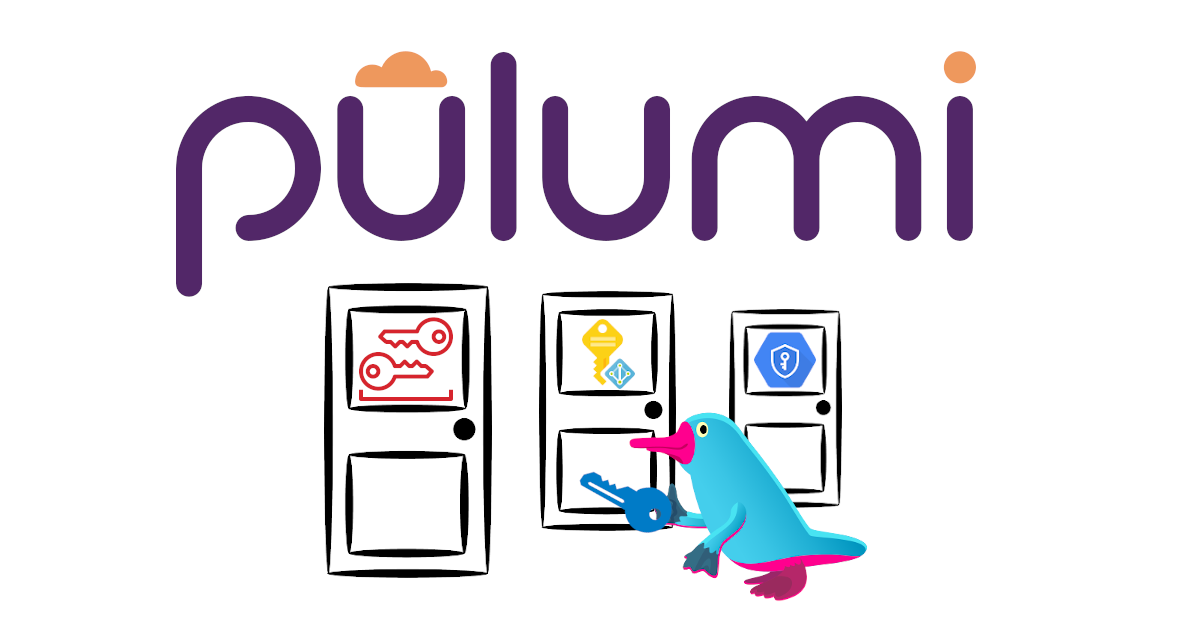Pulumi ESC and External Secrets Operator: The Perfect Solution for Today's Cloud-Native Secret Management

Managing secrets in a cloud-native environment can be challenging, but it is crucial for ensuring the security and integrity of any application or infrastructure. We encounter a lot of different types of secrets, from API keys, database passwords, and certificates to tokens and passwords. These secrets need to be stored securely and accessed by different services in a secure way without exposing any sensitive information to unauthorized users.
Here is where Pulumi ESC and External Secrets Operator come into play by providing a secure and efficient solution for cloud-native secret management.








